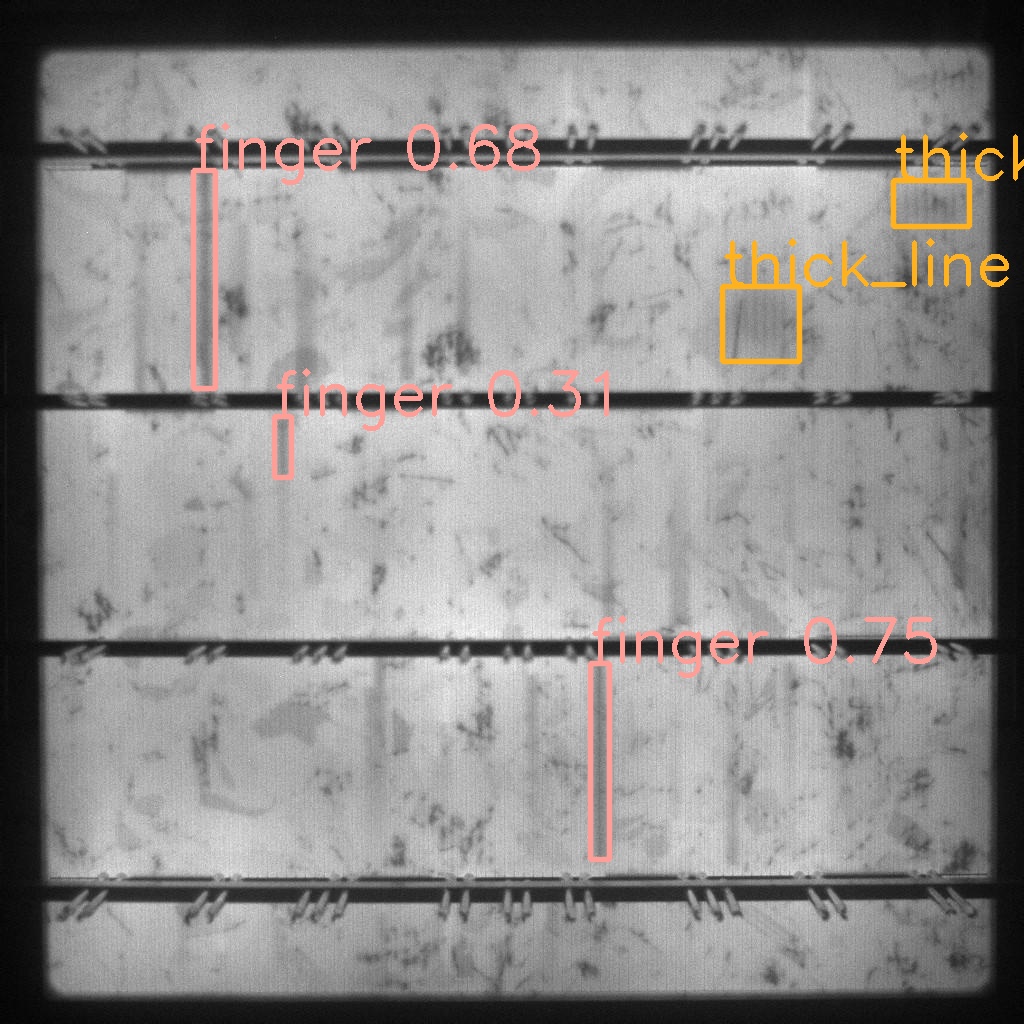Scientists from China have developed a new deep-learning method for detecting defects in PV cells. Analyzing electroluminescence (EL) images, the novel system utilizes the YOLOv8 convolutional neural network (CNN) architecture, integrating an attention mechanism and a transformer model.
“To further improve the accuracy, I think we can start by optimizing the model structure and training the loss function of the model, using more advanced modules or loss functions to improve the accuracy of the model while ensuring the detection speed,” lead author, Du Lang, told pv magazine.
“EL imaging technology is vital for image acquisition, as certain anomalies are often embedded within the interior of PV cells, rendering them undetectable by optical or infrared cameras,” said the researchers. “Computer vision-based methods can effectively meet the urgent demand for quality monitoring across various fields. Automated defect detection is crucial for replacing labor-intensive and costly manual inspections and enhancing production capacity.”
YOLO is a real-time object detection framework that balances performance and efficiency. The latest version has accelerated detection speeds and high average precision. In their work, the academics have enhanced the model with a CNN combined transformer (CCT), integrating the transformer model to extract global contextual information.
“The transformer model departs from traditional recurrent and convolutional neural networks by exclusively utilizing self-attention mechanisms to capture dependencies across input sequences,” explained the scientists. “The self-attention mechanism allows the model to evaluate the significance of different elements in the input sequence when computing the representation of each component.”
In addition to the transformer model, the academics added the polarized self-attention (PSA) mechanism to address feature fusion conflicts. They also explained that methods intended to direct attention to crucial image regions while disregarding irrelevant parts are called attention mechanisms. “The PSA mechanism introduces polarization into self-attention mechanisms, allowing the model to focus on informative elements while suppressing distractions selectively,” they added. “PSA enhances the discriminative power of self-attention mechanisms by assigning polarities to attention weights, thereby improving feature representation and task performance.”
The novel model was tested on the PVEL-AD dataset, which contains 4,500 images of cells. The cells are annotated in 12 categories, including crack, finger, black core, thick line, star crack, corner, fragment, scratch, horizontal dislocation, vertical dislocation, printing error, and short circuit. For reference, seven different detection models were also run on the same dataset.
To compare them, the team used the F1 evaluation metric, which combines precision and recall. In addition, it also used mean average precision (mAP) at the intersection over union (IoU) 50 (mAP50) and mAP50:95. The first measures the mAP of the model at an IoU threshold of 50%; the latter evaluates it at multiple IoU thresholds ranging from 50% to 95%, at jumps of 5%.
Their analysis showed that Compared to YOLOv3-tiny/YOLOv5u-s/YOLOv6u/YOLOv8, the proposed method significantly improves F1 score by 8.4%/2.4%/6.5%/8.7%, increases mAP50 by 15.5%/17.2%/20%/16.9% and mAP50:95 by 22.1%/8.4%/9.7%/8.6%.
“Based on the experimental results, our proposed method achieves a mAP50 of 77.9%, surpassing YOLOv8, which achieves 61.0% mAP50, demonstrating superior performance in F1 score, mAP50, and mAP50:95 compared to other YOLO detectors,” the scientists concluded. “Although the frames per second (FPS) of the proposed method slightly decreases compared with the baseline, it still meets the real-time demands of production lines and achieves a significant performance improvement.”
The new model was presented in “A PV cell defect detector combined with transformer and attention mechanism,” published in Scientific Reports. Scientists from China's Zhejiang Industry Polytechnic College and the Northeastern University have conducted the study.
This content is protected by copyright and may not be reused. If you want to cooperate with us and would like to reuse some of our content, please contact: editors@pv-magazine.com.



By submitting this form you agree to pv magazine using your data for the purposes of publishing your comment.
Your personal data will only be disclosed or otherwise transmitted to third parties for the purposes of spam filtering or if this is necessary for technical maintenance of the website. Any other transfer to third parties will not take place unless this is justified on the basis of applicable data protection regulations or if pv magazine is legally obliged to do so.
You may revoke this consent at any time with effect for the future, in which case your personal data will be deleted immediately. Otherwise, your data will be deleted if pv magazine has processed your request or the purpose of data storage is fulfilled.
Further information on data privacy can be found in our Data Protection Policy.